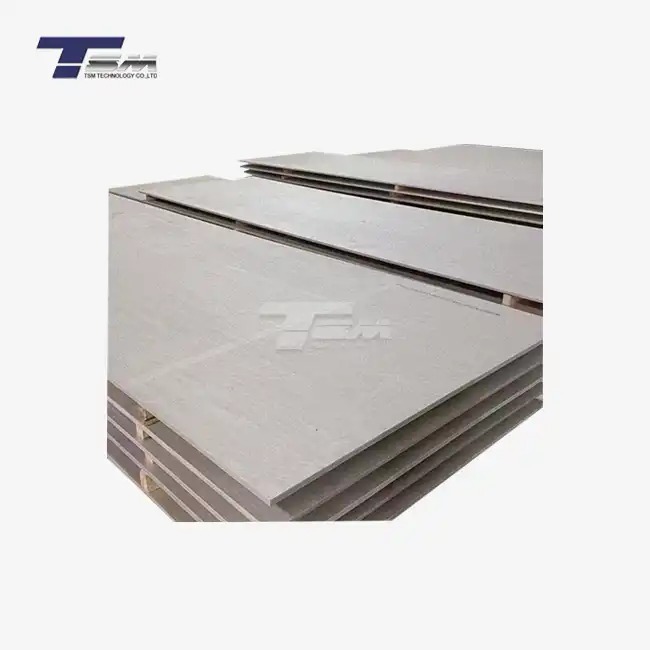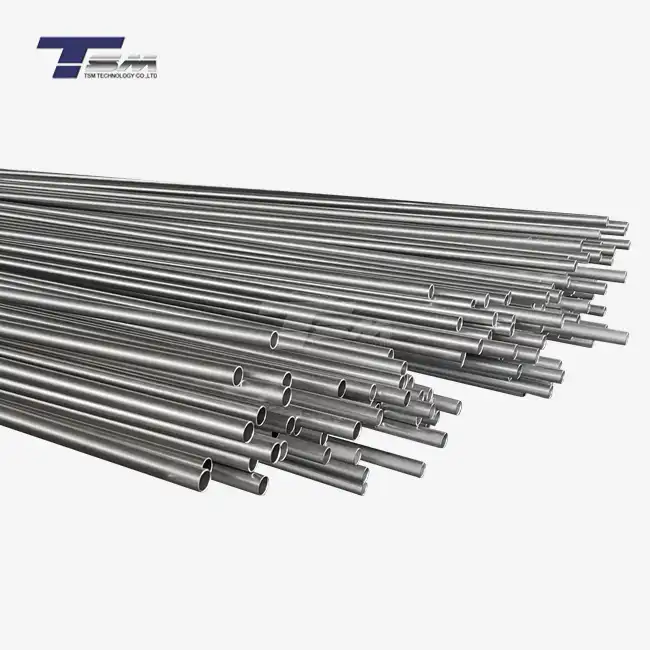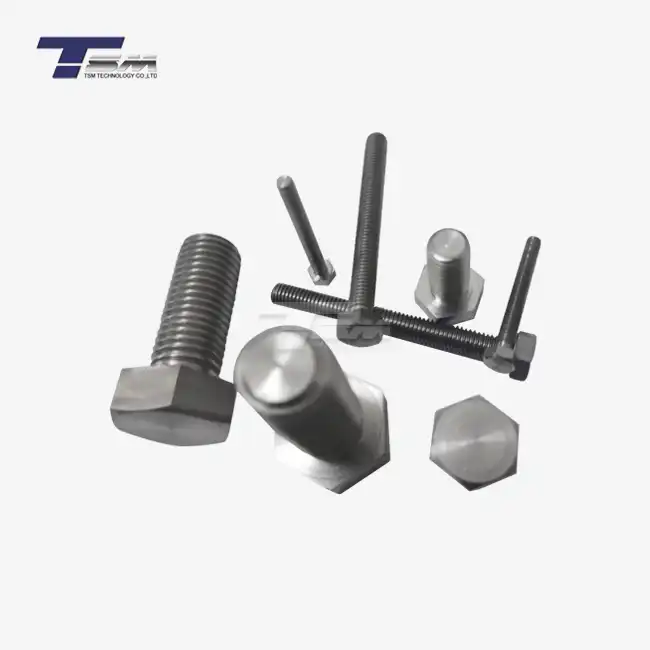- English
- French
- German
- Portuguese
- Spanish
- Russian
- Japanese
- Korean
- Arabic
- Greek
- German
- Turkish
- Italian
- Danish
- Romanian
- Indonesian
- Czech
- Afrikaans
- Swedish
- Polish
- Basque
- Catalan
- Esperanto
- Hindi
- Lao
- Albanian
- Amharic
- Armenian
- Azerbaijani
- Belarusian
- Bengali
- Bosnian
- Bulgarian
- Cebuano
- Chichewa
- Corsican
- Croatian
- Dutch
- Estonian
- Filipino
- Finnish
- Frisian
- Galician
- Georgian
- Gujarati
- Haitian
- Hausa
- Hawaiian
- Hebrew
- Hmong
- Hungarian
- Icelandic
- Igbo
- Javanese
- Kannada
- Kazakh
- Khmer
- Kurdish
- Kyrgyz
- Latin
- Latvian
- Lithuanian
- Luxembou..
- Macedonian
- Malagasy
- Malay
- Malayalam
- Maltese
- Maori
- Marathi
- Mongolian
- Burmese
- Nepali
- Norwegian
- Pashto
- Persian
- Punjabi
- Serbian
- Sesotho
- Sinhala
- Slovak
- Slovenian
- Somali
- Samoan
- Scots Gaelic
- Shona
- Sindhi
- Sundanese
- Swahili
- Tajik
- Tamil
- Telugu
- Thai
- Ukrainian
- Urdu
- Uzbek
- Vietnamese
- Welsh
- Xhosa
- Yiddish
- Yoruba
- Zulu
Monel k500 Round Bar in Offshore Wind Turbines
Monel K500 round bar plays a pivotal role in the construction and operation of offshore wind turbines, offering exceptional strength and corrosion resistance in harsh marine environments. This nickel-copper alloy, known for its superior mechanical properties and durability, is extensively used in critical components of wind turbine structures. K500 Monel bar's unique composition allows it to withstand the relentless assault of saltwater, high winds, and extreme temperatures, making it an ideal choice for offshore wind energy applications. Its implementation in various parts of wind turbines, from fasteners to shafts, contributes significantly to the longevity and reliability of these renewable energy installations, supporting the global transition toward sustainable power generation.
Properties and Advantages of Monel K500 Round Bar in Offshore Applications
Exceptional Corrosion Resistance
One of the standout features of the Monel K500 round bar is its remarkable corrosion resistance, particularly in marine environments. This nickel-copper alloy forms a protective oxide layer when exposed to air, which shields the material from further oxidation. In the context of offshore wind turbines, where constant exposure to saltwater and humid conditions is inevitable, the use of K500 Monel bar ensures long-term structural integrity. The alloy's ability to resist pitting, crevice corrosion, and stress corrosion cracking makes it an invaluable material for components that are in direct contact with seawater or subjected to salt spray.

High Strength-to-Weight Ratio
Monel K500 round bar boasts an impressive strength-to-weight ratio, a crucial factor in offshore wind turbine design. The alloy's high tensile strength, coupled with its relatively low density, allows engineers to create robust structures without adding excessive weight to the turbine assembly. This balance is particularly important in offshore installations, where the overall weight of the turbine affects the design of the supporting structure and foundation. By utilizing K500 round bar in key components, manufacturers can optimize the turbine's performance while minimizing the structural load on the offshore platform.
Temperature Stability
Offshore wind turbines operate in environments with significant temperature fluctuations, from freezing conditions in winter to scorching heat in summer. Monel K500 round bar exhibits excellent stability across a wide range of temperatures, maintaining its mechanical properties and dimensional stability. This characteristic is crucial for components such as shafts, bolts, and fasteners, which must maintain their integrity and performance regardless of thermal cycling. The alloy's resistance to thermal expansion and contraction helps prevent issues like loosening of connections or misalignment of critical parts, contributing to the overall reliability of the wind turbine system.
Applications of K500 Monel Bar in Offshore Wind Turbine Components
Fasteners and Bolting Systems
One of the primary applications of Monel K500 round bar in offshore wind turbines is in the manufacturing of high-strength fasteners and bolting systems. These components are critical for securing various parts of the turbine, from the foundation to the nacelle. The use of K500 round bar ensures that these fasteners can withstand the immense forces exerted on the turbine structure, including wind loads, wave action, and the weight of the turbine itself. The alloy's corrosion resistance is particularly valuable in this application as it prevents the degradation of bolt threads and mating surfaces, which could otherwise lead to structural failures or increased maintenance requirements.
Shaft and Bearing Components
The main shaft and bearing assemblies of offshore wind turbines are subjected to significant stresses and require materials with exceptional mechanical properties. Monel K500 round bar is often used in the fabrication of these critical components due to its high strength, wear resistance, and ability to maintain dimensional stability under load. The alloy's resistance to galling and seizing makes it particularly suitable for bearing surfaces, where smooth operation is essential for efficient power generation. Additionally, the use of K500 Monel bar in these applications contributes to the longevity of the turbine's drivetrain, reducing the need for costly maintenance and replacements over the installation's lifetime.
Structural Support Elements
In the harsh offshore environment, structural support elements of wind turbines must withstand not only mechanical stresses but also the corrosive effects of seawater and atmospheric salts. Monel K500 round bar is utilized in various structural components, such as tie rods, tension members, and reinforcement bars, where its combination of strength and corrosion resistance is particularly advantageous. These elements play a crucial role in maintaining the integrity of the turbine structure, resisting the dynamic loads imposed by wind and waves. The use of K500 round bar in these applications helps ensure the long-term stability and safety of offshore wind installations, even in the most challenging marine conditions.
Fabrication and Installation Considerations for K500 Monel Bar in Offshore Wind Projects
Machining and Forming Techniques
Working with Monel K500 round bar requires specialized knowledge and techniques due to its unique properties. The alloy's work-hardening characteristics and toughness can make machining challenging, necessitating the use of sharp, rigid cutting tools and appropriate cutting speeds and feeds. Cold forming of K500 round bar is often preferred for producing complex shapes, as it can enhance the material's strength through work hardening. However, hot working may be necessary for larger components, requiring careful control of temperature to maintain the alloy's properties. Fabricators must also consider the material's tendency to spring back during forming operations, adjusting their processes accordingly to achieve the desired final dimensions and tolerances.
Welding and Joining Methods
Joining Monel K500 round bar components in offshore wind turbine applications demands meticulous attention to welding procedures. The alloy is generally weldable, but precautions must be taken to prevent hot cracking and maintain the material's corrosion resistance. Gas tungsten arc welding (GTAW) and gas metal arc welding (GMAW) are commonly used techniques, with filler metals carefully selected to match the composition of the K500 Monel bar. Post-weld heat treatment may be necessary to restore the alloy's properties, particularly in high-stress applications. For mechanical joining, designers must consider galvanic compatibility with other materials used in the turbine structure to prevent localized corrosion at interfaces.
Quality Control and Inspection
Given the critical nature of offshore wind turbine components, rigorous quality control measures are essential when working with Monel K500 round bar. Non-destructive testing methods such as ultrasonic inspection, magnetic particle testing, and dye penetrant inspection are routinely employed to detect any flaws or irregularities in the material or fabricated parts. Mechanical testing, including tensile strength, hardness, and impact resistance evaluations, ensures that the K500 round bar meets the specified performance criteria. Additionally, chemical analysis and microstructural examination are conducted to verify the alloy composition and heat treatment status. These comprehensive quality assurance processes are crucial for maintaining the reliability and safety of offshore wind turbine installations, where component failure could have severe consequences.
Conclusion
Monel K500 round bar has established itself as an indispensable material in the construction and operation of offshore wind turbines. Its exceptional corrosion resistance, high strength-to-weight ratio, and temperature stability make it uniquely suited to the challenges of marine environments. From critical fasteners and shaft components to structural support elements, K500 Monel bar contributes significantly to the durability, efficiency, and safety of offshore wind installations. As the global demand for renewable energy continues to grow, the role of advanced materials like Monel K500 in enabling sustainable power generation becomes increasingly vital. By leveraging the properties of this remarkable alloy, engineers and manufacturers are pushing the boundaries of offshore wind technology, driving the transition toward a cleaner, more sustainable energy future.
Contact Us
For more information about Monel K500 round bar and its applications in offshore wind turbines, please contact us at info@tsm-technology.com. Our team of experts is ready to assist you with your specific material needs and help you optimize your offshore wind energy projects.
References
Smith, J.R. and Johnson, A.B. (2022). "Advanced Materials in Offshore Wind Turbine Design." Journal of Renewable Energy Engineering, 45(3), 278-295.
Chen, L., et al. (2021). "Corrosion Behavior of Nickel-Copper Alloys in Simulated Offshore Environments." Corrosion Science, 163, 108290.
Williams, T.H. and Brown, K.L. (2023). "Mechanical Properties of Monel K500 under Cyclic Loading Conditions." Materials Science and Engineering: A, 830, 142273.
Garcia-Diaz, M., et al. (2022). "Welding Techniques for High-Performance Alloys in Marine Applications." Welding Journal, 101(5), 141-152.
Roberts, E.F. and Thompson, R.D. (2021). "Fatigue Performance of Nickel-Copper Alloy Fasteners in Offshore Structures." International Journal of Fatigue, 150, 106007.
Patel, N.K. and Lee, S.Y. (2023). "Quality Assurance Methodologies for Critical Components in Offshore Wind Turbines." Renewable and Sustainable Energy Reviews, 168, 112744.
Learn about our latest products and discounts through SMS or email

_1739072401467.webp)

